BTCFi, short for Bitcoin Decentralized Finance, is a new way to use your Bitcoin. Instead of just holding BTC, you can now lend it, borrow against it, or use it in trading—all without giving up control of your coins. BTCFi brings Ethereum-style DeFi features to Bitcoin’s network and its sidechains. Let’s break it down in simple terms.
 Source: https://www.cobo.com/post/btcfi-unlocking-the-untapped-potential-of-bitcoin
Source: https://www.cobo.com/post/btcfi-unlocking-the-untapped-potential-of-bitcoinWhat Is BTCFi?
BTCFi stands for Bitcoin-based decentralized finance. It allows users to access financial services using Bitcoin or Bitcoin-linked networks.
Originally, Bitcoin was used only for simple payments or as a store of value. It didn’t support smart contracts like Ethereum, so it was left out of the DeFi boom. But that’s changing.
Thanks to new layers and sidechains, Bitcoin can now support smart contracts and DeFi apps. These tools let you do more with your BTC—without leaving the Bitcoin ecosystem.
Why BTCFi Is Gaining Attention
Here are a few reasons BTCFi is growing fast:
1. Huge Capital Base
- Bitcoin is the largest crypto by market value.
- Even a small portion of BTC used in DeFi could unlock major liquidity.
- Many people already use wrapped BTC on Ethereum. BTCFi could bring that activity back to Bitcoin.
2. Strong Security
- Bitcoin’s network has never been hacked at the protocol level.
- Other chains, like Solana, have had outages.
- Bitcoin’s conservative design offers a solid foundation for secure DeFi apps.
3. New Tech Makes It Possible
- Smart contract layers and sidechains are now active.
- Rootstock (RSK), for example, had around $172 million in total value locked (TVL) in April 2025.
- TVL in BTCFi grew 2,767% in the past year.
Interest in BTCFi is also being driven by institutional involvement and potential rate cuts, which make higher-risk assets more attractive.
How Does BTCFi Work?
Bitcoin’s base layer can’t handle smart contracts. So BTCFi uses sidechains and layers that connect to Bitcoin but run separately.
Here’s a quick list of how BTCFi is made possible:
Layer/Tool | What It Does |
Lightning Network | Enables fast, cheap BTC payments off-chain. Lays the groundwork for high-volume use. |
Rootstock (RSK) | Bitcoin sidechain that supports Ethereum-style smart contracts using RBTC. |
Stacks | A separate chain that settles on Bitcoin. It adds smart contract features. |
Taproot Assets | Issues tokens (like USDT) directly on Bitcoin via Lightning. |
These systems expand what Bitcoin can do, without changing its core structure.
Key BTCFi Protocols
Several platforms now offer Bitcoin-based DeFi features. Here are some of the top ones:
1. Stacks
- Settles on Bitcoin and supports smart contracts.
- Uses STX token for gas and rewards.
- Apps on Stacks can observe Bitcoin transactions.
2. Rootstock (RSK)
- Merge-mined with Bitcoin.
- Uses RBTC to run smart contracts.
- Lets Ethereum-style apps operate in the Bitcoin world.
3. Sovryn
- Built on RSK.
- Offers margin trading, lending, and stablecoin swaps.
- Uses BTC and RBTC as core currencies.
4. Lightning Network + Taproot Assets
- Allows instant BTC transfers.
- Supports issuing stablecoins like USDT directly on Bitcoin.
BTCFi vs. Ethereum DeFi
Here’s a quick side-by-side comparison of BTCFi and Ethereum DeFi:
Category | BTCFi | Ethereum DeFi |
Smart Contracts | Sidechains (RSK, Stacks) | Native on Ethereum mainnet |
Base Token | BTC, RBTC, or pegged tokens | ETH and ERC-20 tokens |
Maturity | Still early | Well-developed and diverse |
Total Value Locked | Lower | Higher, deeper liquidity |
Speed & Cost | Fast via Lightning or sidechains | Fast on L2s, costly on mainnet |
Security | Bitcoin PoW or merge-mined | Ethereum’s PoS consensus |
Asset Issuance | Via Taro, Liquid, or Stacks | Easy with ERC-20 or ERC-721 |
Use Cases | Trading, lending, BTC-backed stablecoins | Lending, DEXs, options, synthetics, NFTs |
Developer Tools | Fewer, growing slowly | Large dev community, lots of tools |
What’s Next for BTCFi?
BTCFi is still new, but it’s growing fast. What started as a few ideas has become a network of apps, sidechains, and new protocols. Bitcoin now supports things like:
- BTC lending and borrowing
- Trading without giving up control of your coins
- Bitcoin-backed stablecoins
- Cross-chain and layer-2 integrations
More tools are being built every day. But BTCFi also has challenges—like complex bridges, limited smart contract support, and fewer developers compared to Ethereum.
If you want to use BTCFi, take your time to research. Each protocol works differently and may involve some level of trust beyond Bitcoin’s base layer.
Updated May 18, 2025 at 2:00 pm
Remember, investing in cryptocurrencies involves risks, and it’s important to conduct thorough research and seek professional advice before making any financial decisions. (Please keep in mind that this post is solely for informative purposes and should not be construed as financial or investment advice.)
What is DeFI?
DeFI stands for decentralized finance, offering open and accessible financial systems built on blockchain technology.
What is yield farming?
Yield farming involves earning interest by lending or staking cryptocurrencies.
What is layer 1 versus layer 2?
Layer 1 blockchains are the primary networks (e.g., Ethereum), while layer 2 blockchains scale and improve performance on top of them.


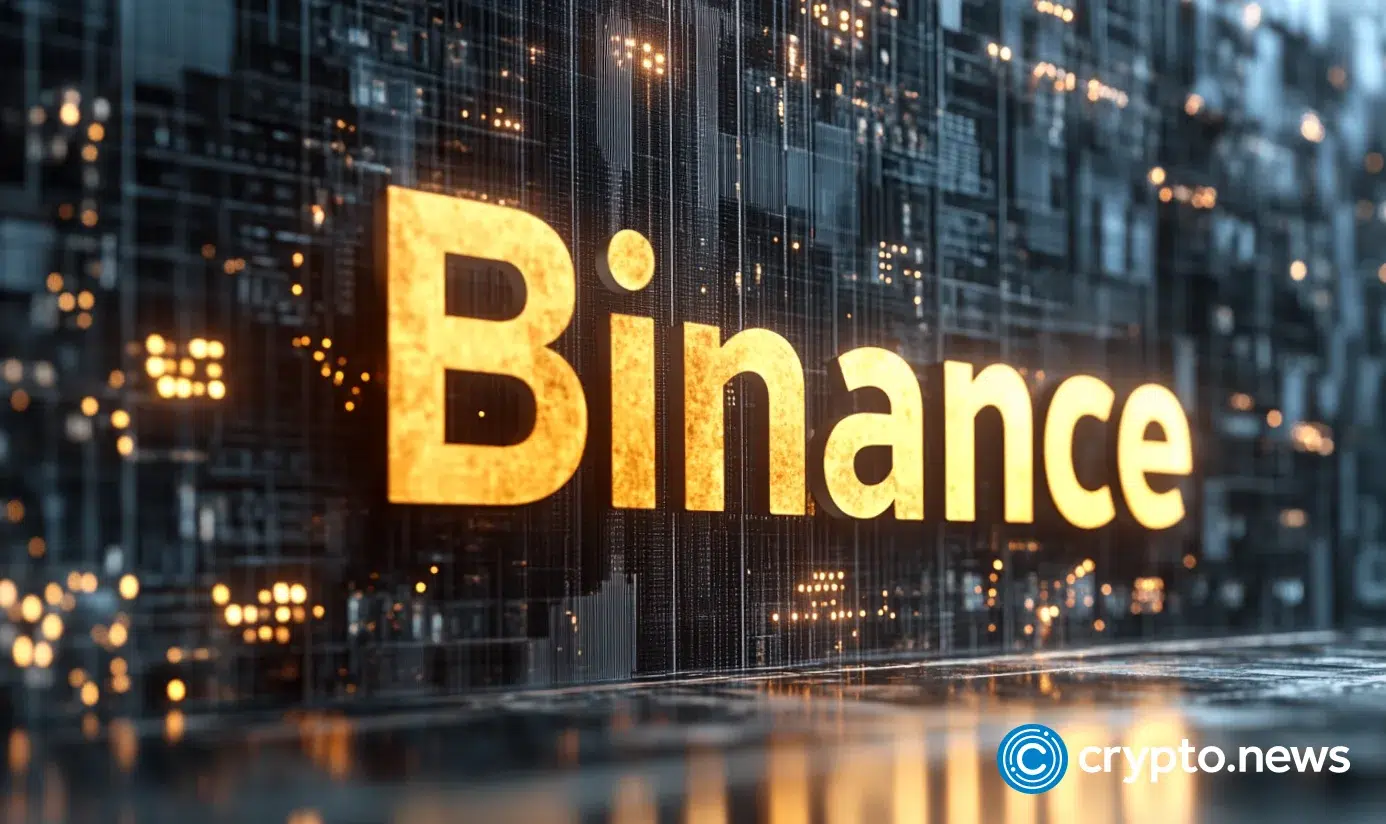

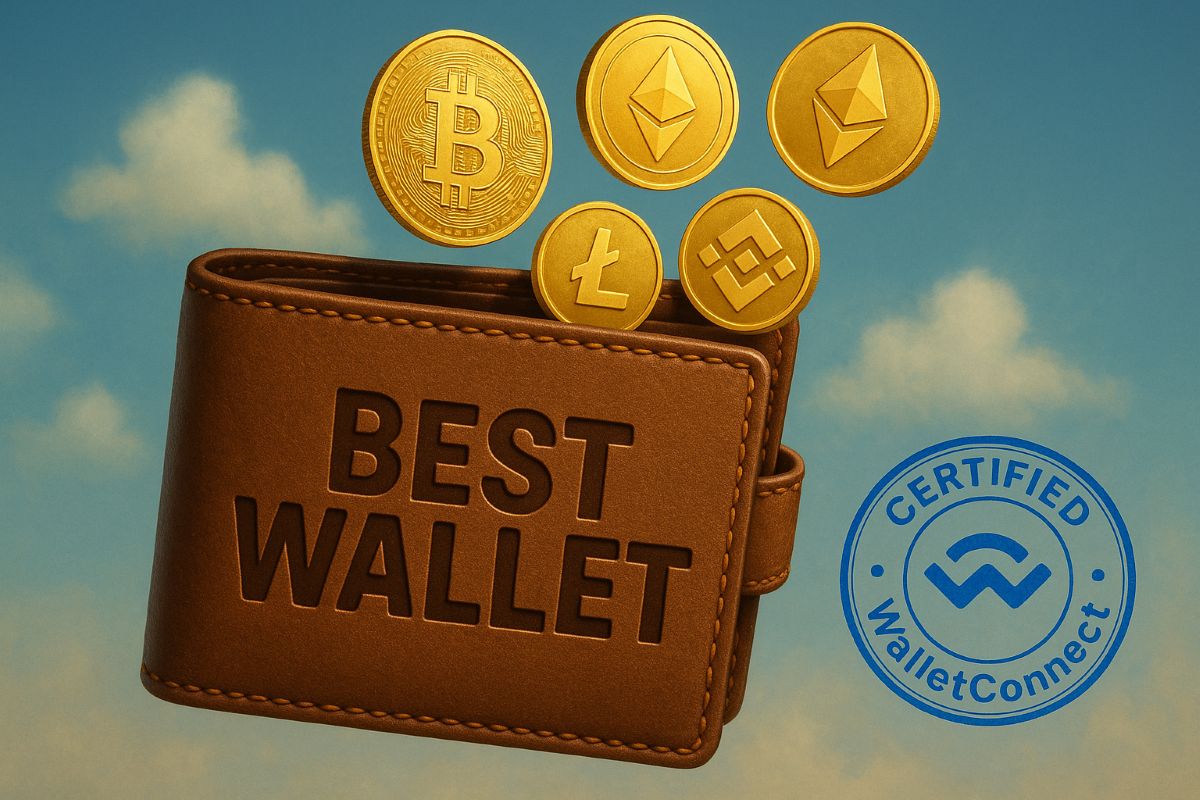



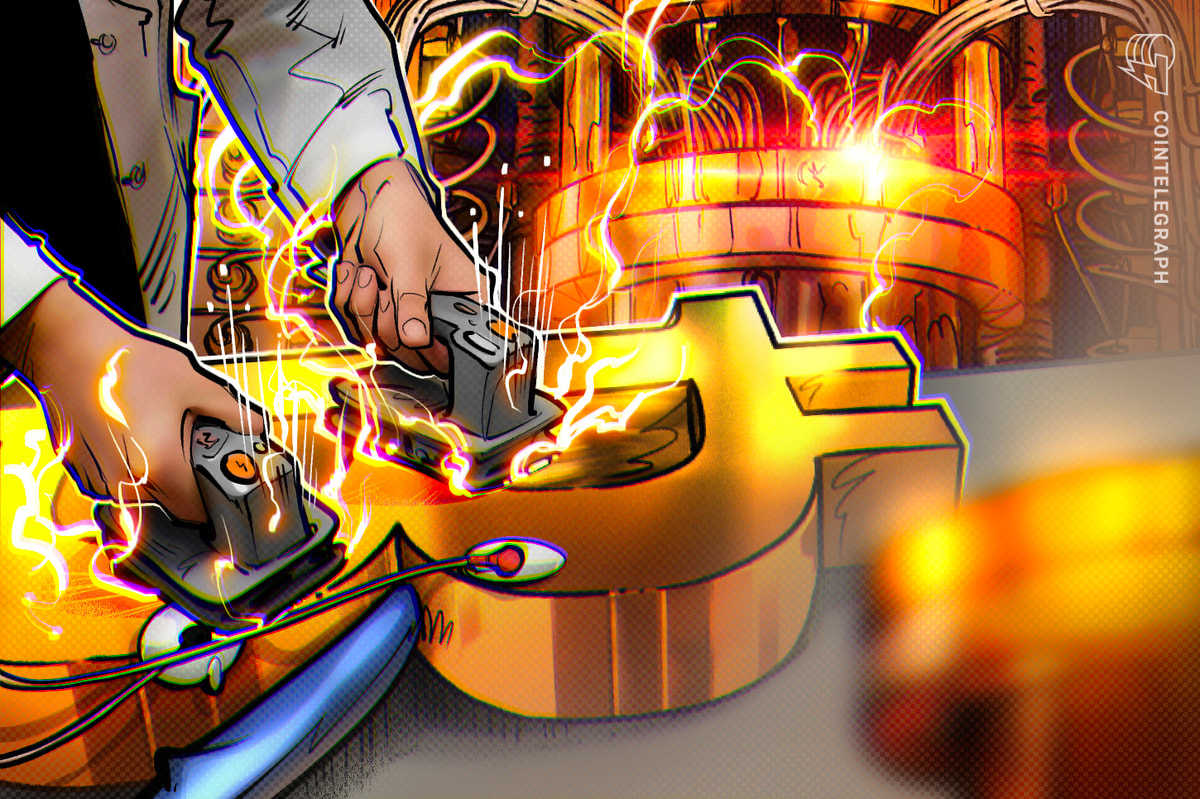





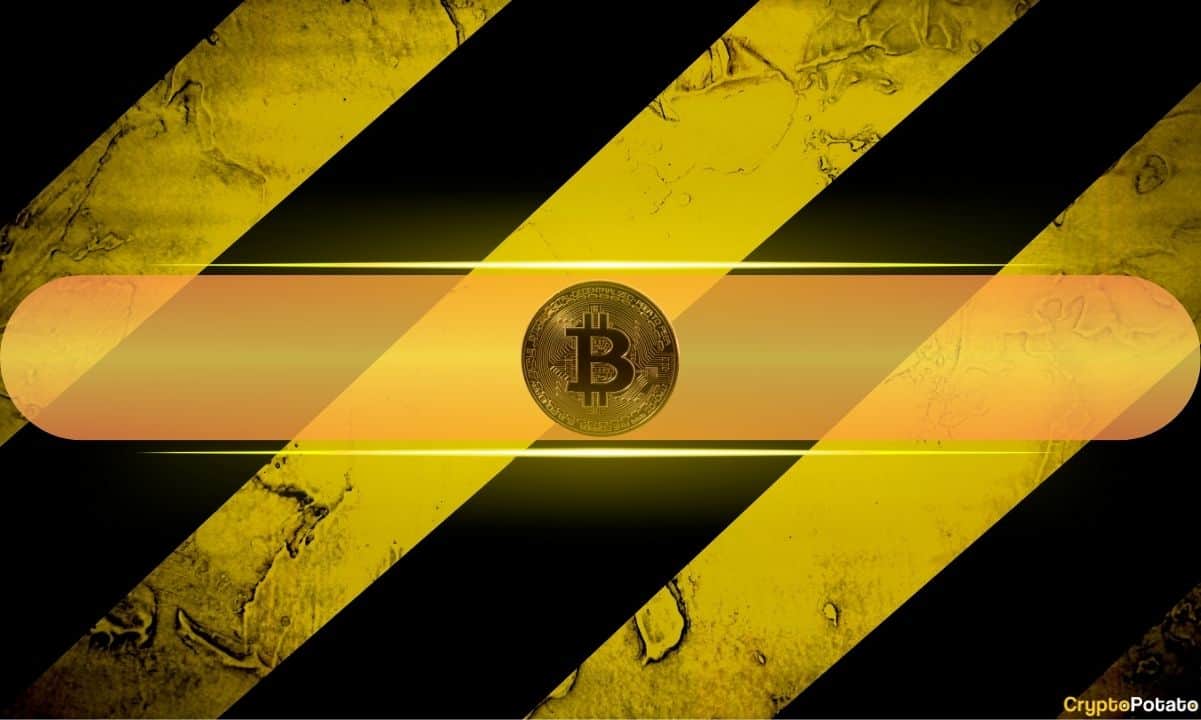

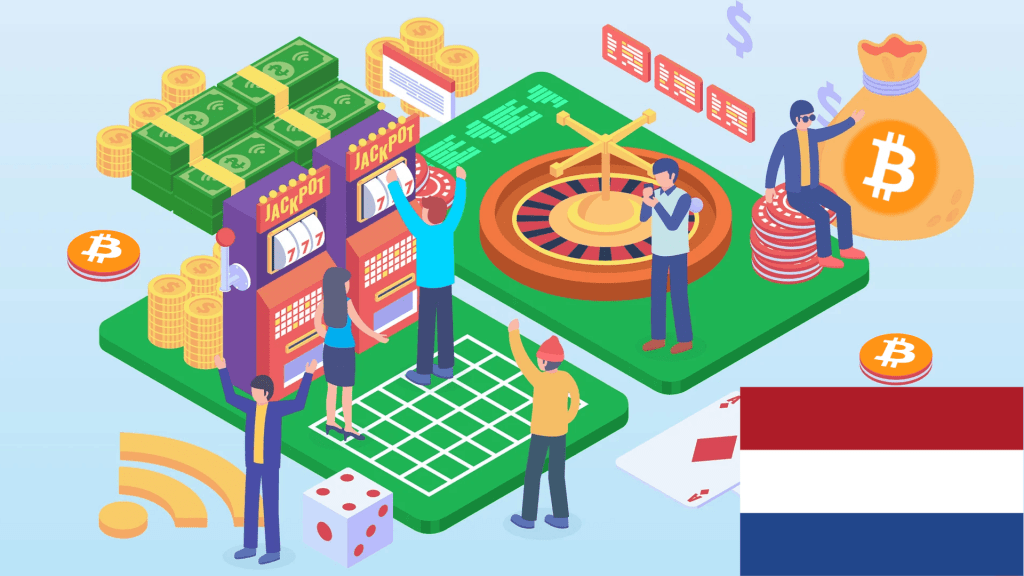
 English (US) ·
English (US) ·